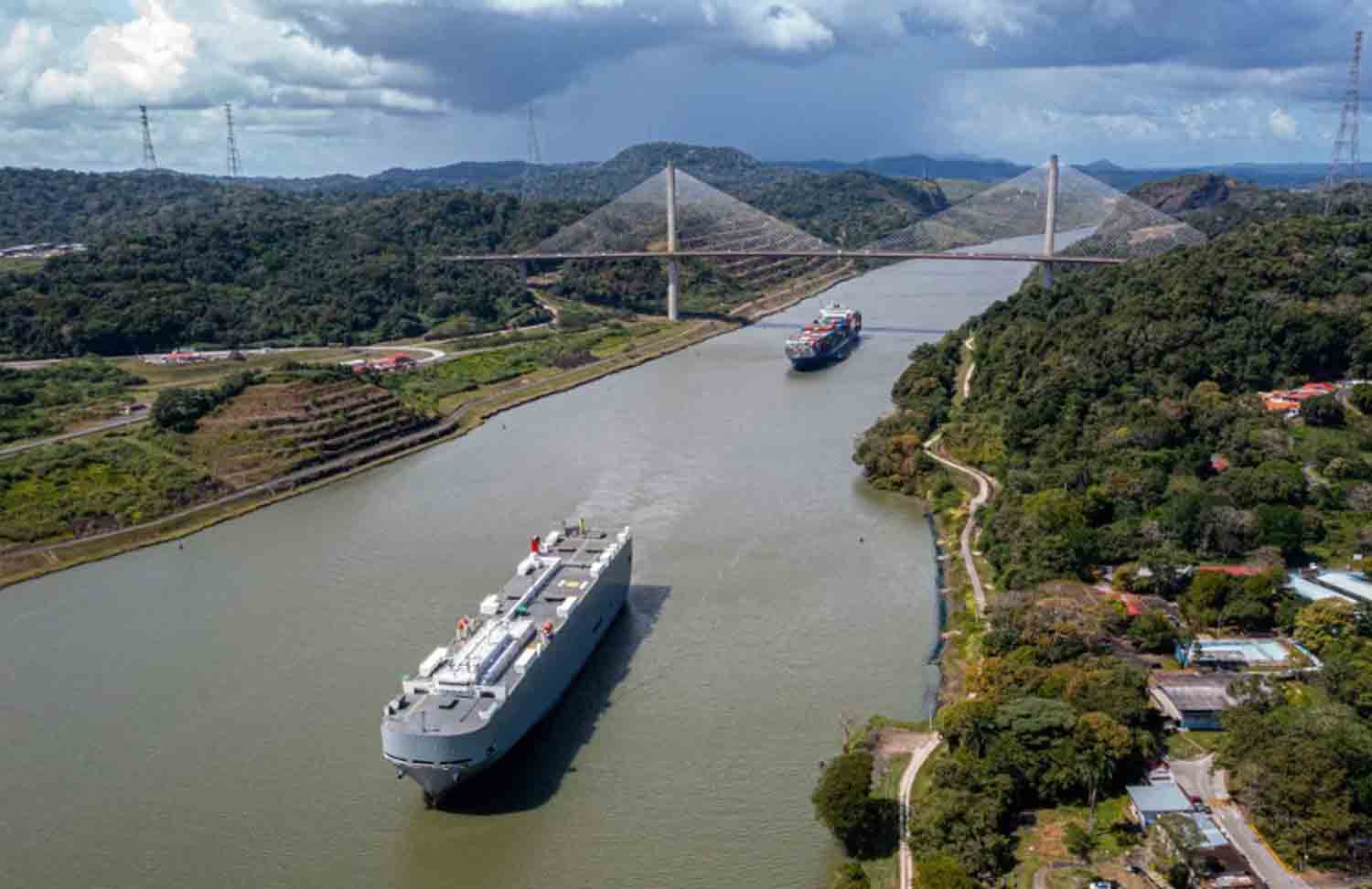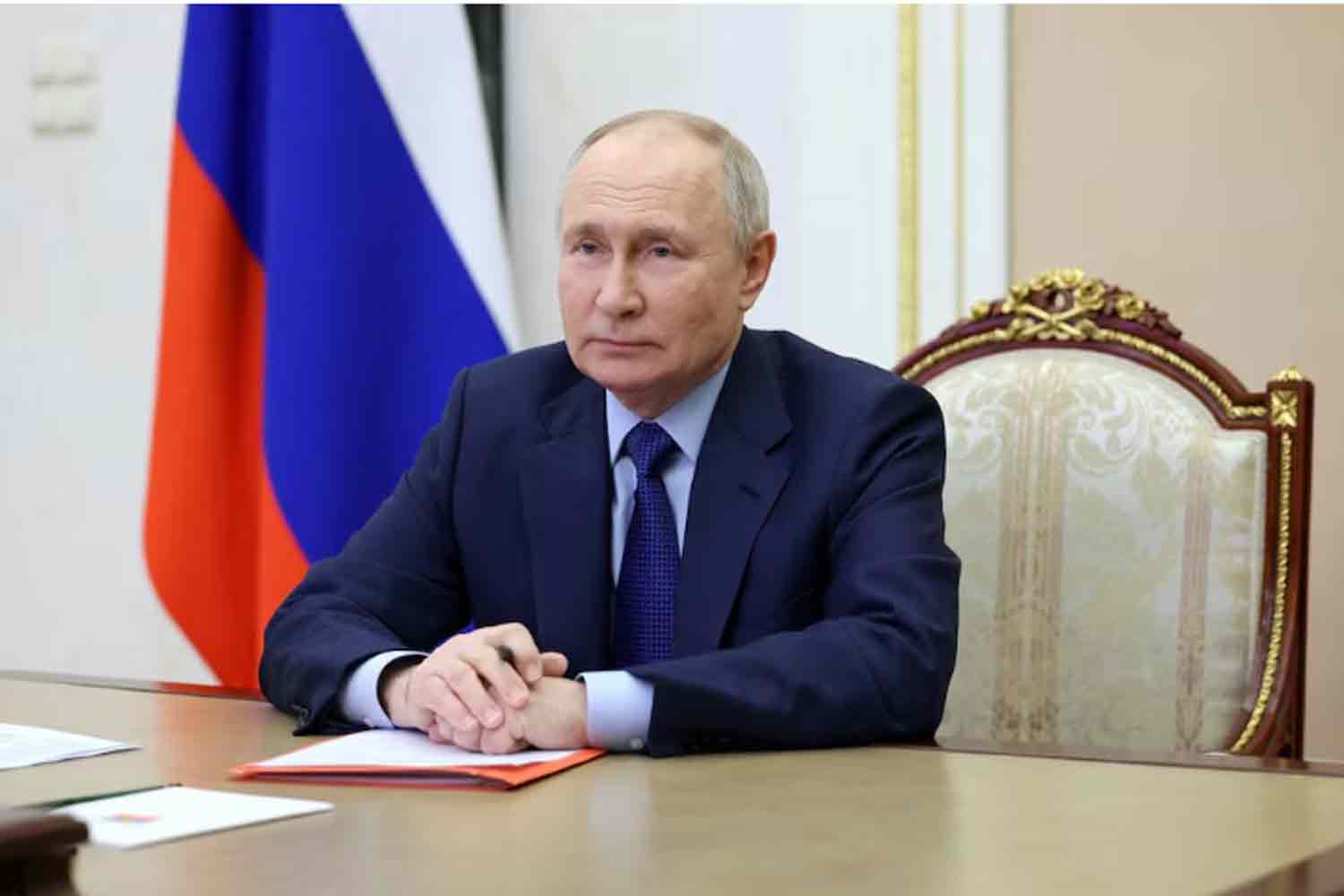The U.S. military is tasked with exploring options to ensure that the United States maintains unrestricted access to the Panama Canal, according to two officials who spoke to Reuters on Thursday. President Donald Trump has consistently expressed a desire to “reclaim” the Panama Canal, a crucial waterway situated at the narrowest point of the isthmus connecting North and South America. However, he has not provided specific details on how he intends to achieve this or whether military intervention might be necessary.
One official, who requested anonymity, indicated that a document referred to as interim national security guidance from the new administration urged the military to consider various military strategies to protect access to the canal. Another official noted that the U.S. military has numerous potential strategies at its disposal, including fostering a strong partnership with Panama’s military.
The Pentagon’s last National Defense Strategy was published in 2022, outlining military priorities. The interim document offers broad policy guidance, similar to Trump’s executive orders and public statements, and precedes a more comprehensive policy document like a formal National Defense Strategy.
The Pentagon has not yet responded to requests for comment. CNN was the first to report on the interim document, while NBC News revealed earlier on Thursday that the White House had instructed the Pentagon to develop options concerning the Panama Canal.
Trump has claimed that the U.S. must regain control of the canal due to China’s influence over it, suggesting that this control could be used to jeopardize American interests. In his inaugural address in January, he reiterated allegations that Panama had failed to uphold its commitments regarding the canal’s final transfer in 1999. Any attempt by a foreign entity to seize the canal through force would likely breach international law.
The United States and Panama are obligated by treaty to protect the canal’s neutrality from any potential threats and are authorized to take independent measures to ensure its defense.
In the early 20th century, the U.S. obtained the rights to construct and manage the canal. A treaty signed in 1979, under the leadership of Democratic President Jimmy Carter, stipulated that the U.S. would transfer control of the canal to Panama by the end of 1999.
Discover more from Defence Talks | Defense News Hub, Military Updates, Security Insights
Subscribe to get the latest posts sent to your email.





